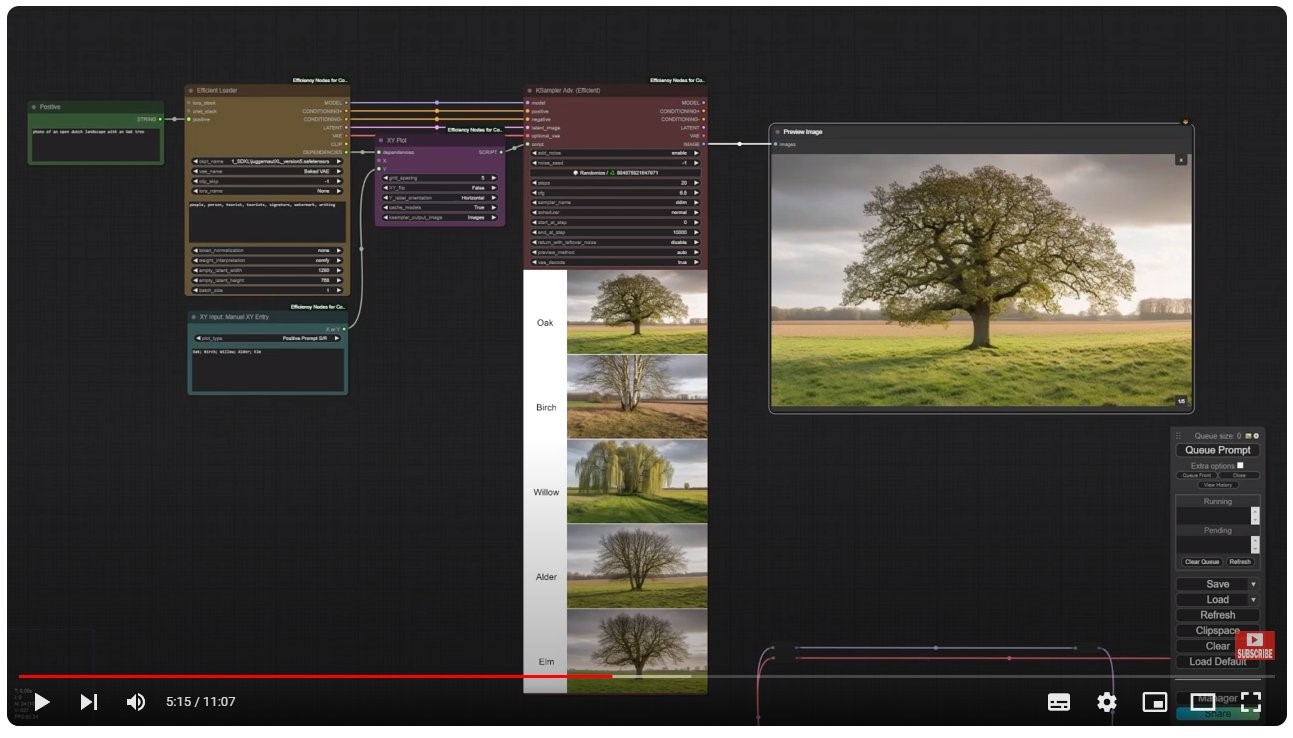How to use Stable Diffusion in research and teaching?

The Jantina Tammes School of Digital Society, Technology & AI, the Center for Information Technology (CIT) and ICT Innovation Fund joined forces to organize a workshop on AI generated imagery with Stable Diffusion. The primary goal of the gathering, which took place on the 13th of December in the House of Connections, was to explore possible applications and use cases of Stable Diffusion as an open source tool in the practice of teaching and research.
Stable Diffusion is an open source AI model that generates images through prompts (language commands). The workshop focused on the following question: ‘If you had a chance to manipulate (specific aspects of) images, how would you use it?’' Next to that, the attendees including the ten researchers from the University of Groningen, a data scientist and educational designer, both from the CIT also exchanged their knowledge and experience from their practice with AI image-generative technologies.
ComfyUI interface
The workshop started with a short presentation from Dr Gunnar Mallon (from the Faculty of Spatial Sciences) to showcase how Stable Diffusion is being used in his practice of teaching and research including a little demo. During the workshop the ComfyUI interface was used and hosted the system at university facilities set up by the CIT. This hosting approach allowed the participants to experiment with this powerful tool, not being limited by computational power of their own resources. Under the guidance of Dr Gunnar Mallon, each participant had a chance to set up their environment and generate images and visuals useful for their work.

Teaching and research
The workshop was closed by discussing the experience with Stable Diffusion and possible applications in teaching and research. Led by educational designer Wytze Koopal (CIT), a number of ideas were gathered, mostly for teaching practice. Limitations of the technology itself were also discussed as well as hosting options making use of the insight of Michiel van der Ree, the data scientist from the CIT.
During the workshop we produced a number of potential use cases of this powerful visualization tool mostly in the field of teaching. Some participants noted the following during the closing discussion:
-
“It could be interesting to use for student sessions to get them to know the capabilities of generative AI in imaging.”
-
“Create example images of devices/methods for illustration purposes.”
-
“Use individual image manipulation to exemplify something that can be present in the image for educational purposes.”
Therefore, we will keep on exploring further the applicability of Stable diffusion in practice of teaching and learning!
Are you interested in further developments of this initiative, and would you like to stay updated on future events such as lectures or workshops on Stable Diffusion? Please contact the Jantina Tammes School of Digital Society, Technology and AI.
| Last modified: | 22 January 2024 5.00 p.m. |
More news
-
13 May 2024
Trapping molecules
In his laboratory, physicist Steven Hoekstra is building an experimental set-up made of two parts: one that produces barium fluoride molecules, and a second part that traps the molecules and brings them to an almost complete standstill so they can...
-
29 April 2024
Tactile sensors
Every two weeks, UG Makers puts the spotlight on a researcher who has created something tangible, ranging from homemade measuring equipment for academic research to small or larger products that can change our daily lives. That is how UG...
-
16 April 2024
UG signs Barcelona Declaration on Open Research Information
In a significant stride toward advancing responsible research assessment and open science, the University of Groningen has officially signed the Barcelona Declaration on Open Research Information.
